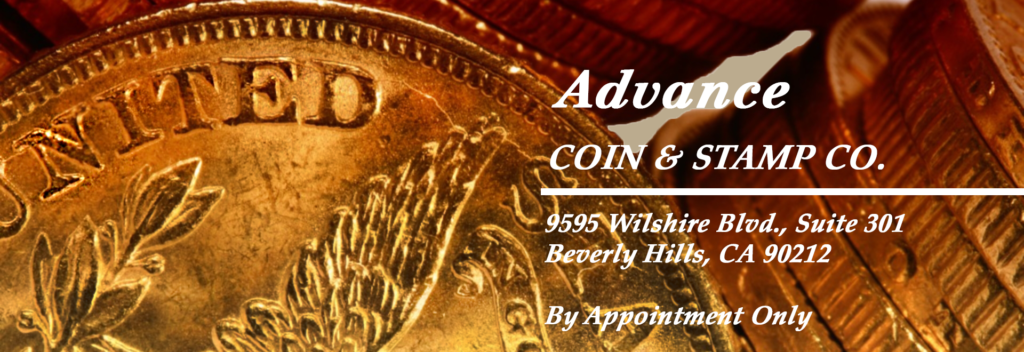Determining Value
What Makes Jewelry & Timepieces Valuable?
There are several factors an evaluator looks at in determining the value of an individual item.
Age
Was the item designed during a specific historical period or era (e.g., Edwardian, Victorian, Art Deco)?

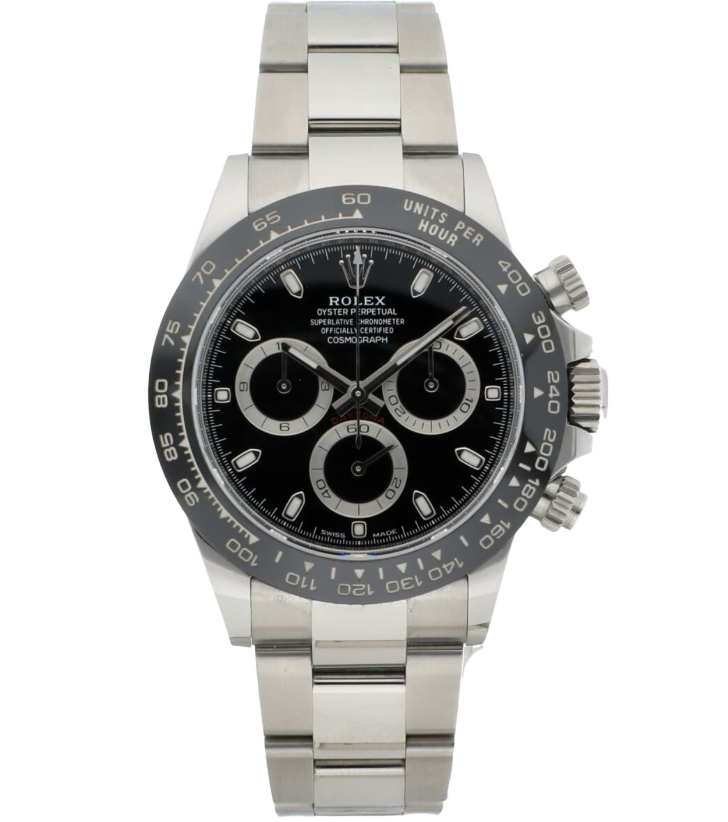
Complication
When it comes to watches, how complicated is the movement?
Does it have any special features such as a chronograph, repeater, or multi time zone?
Designer
Is the jewelry item attributed to a specific designer such as Van Cleef & Arpels, Cartier, or Tiffany?
For watches, was it produced by a renowned maker like Patek Philippe, Audemars Piguet, or Rolex?
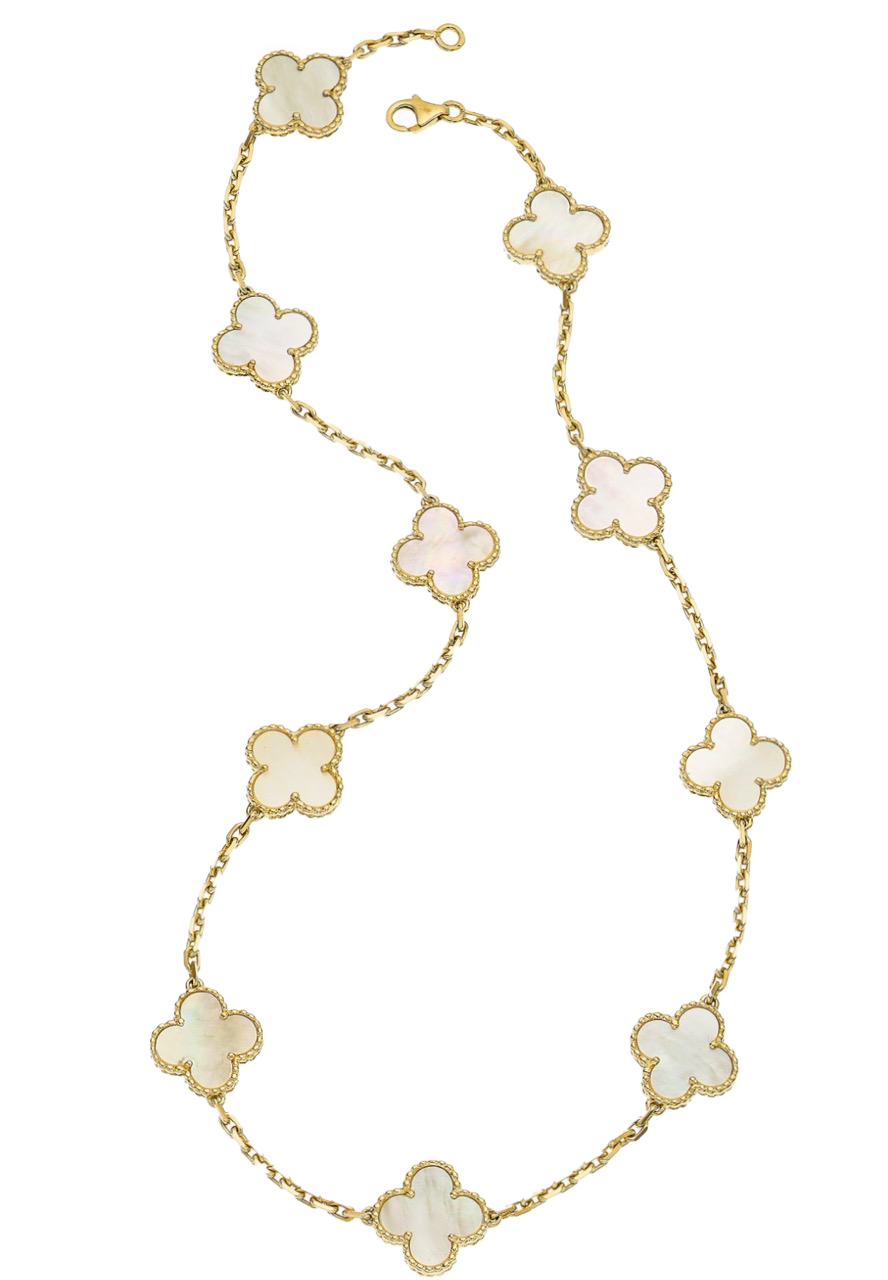

Materials
What material is the item made of: gold, platinum, or silver?
Different metals have varying values.
Are the gemstones precious, like diamonds, rubies, or sapphires?
Provenance
Did the item belong to a famous or well-known person, or entity?
Can the provenance be documented?
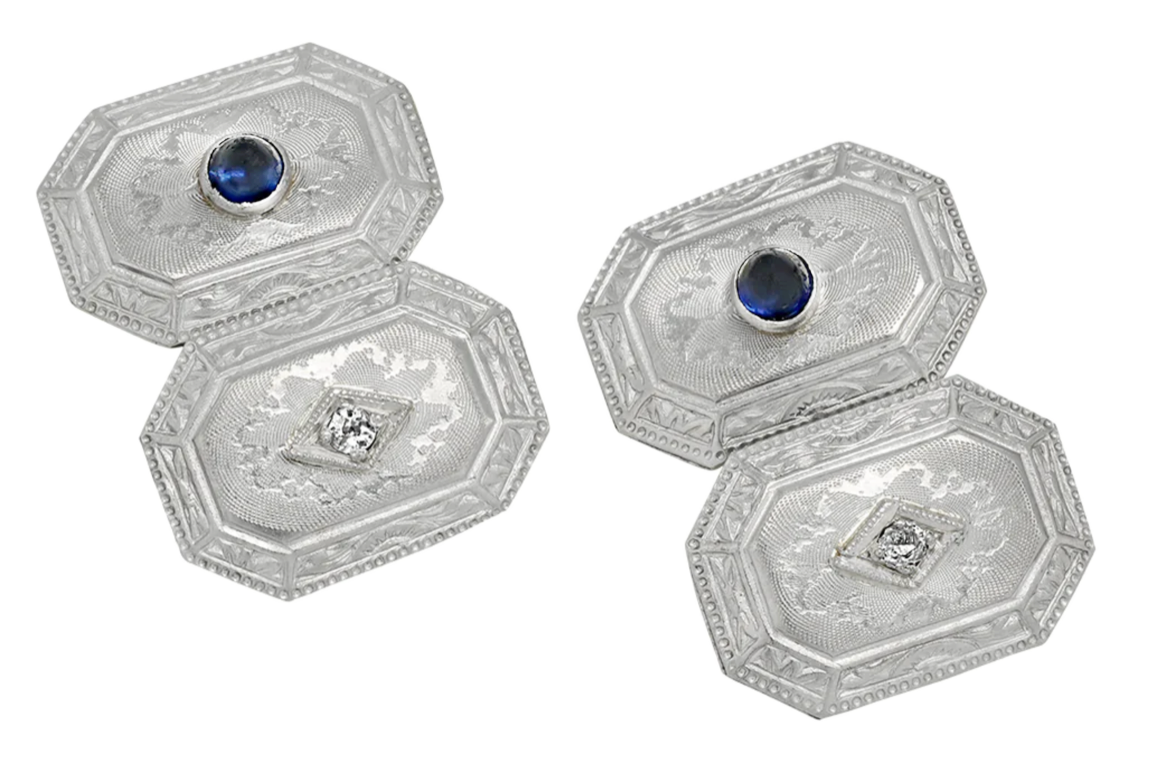
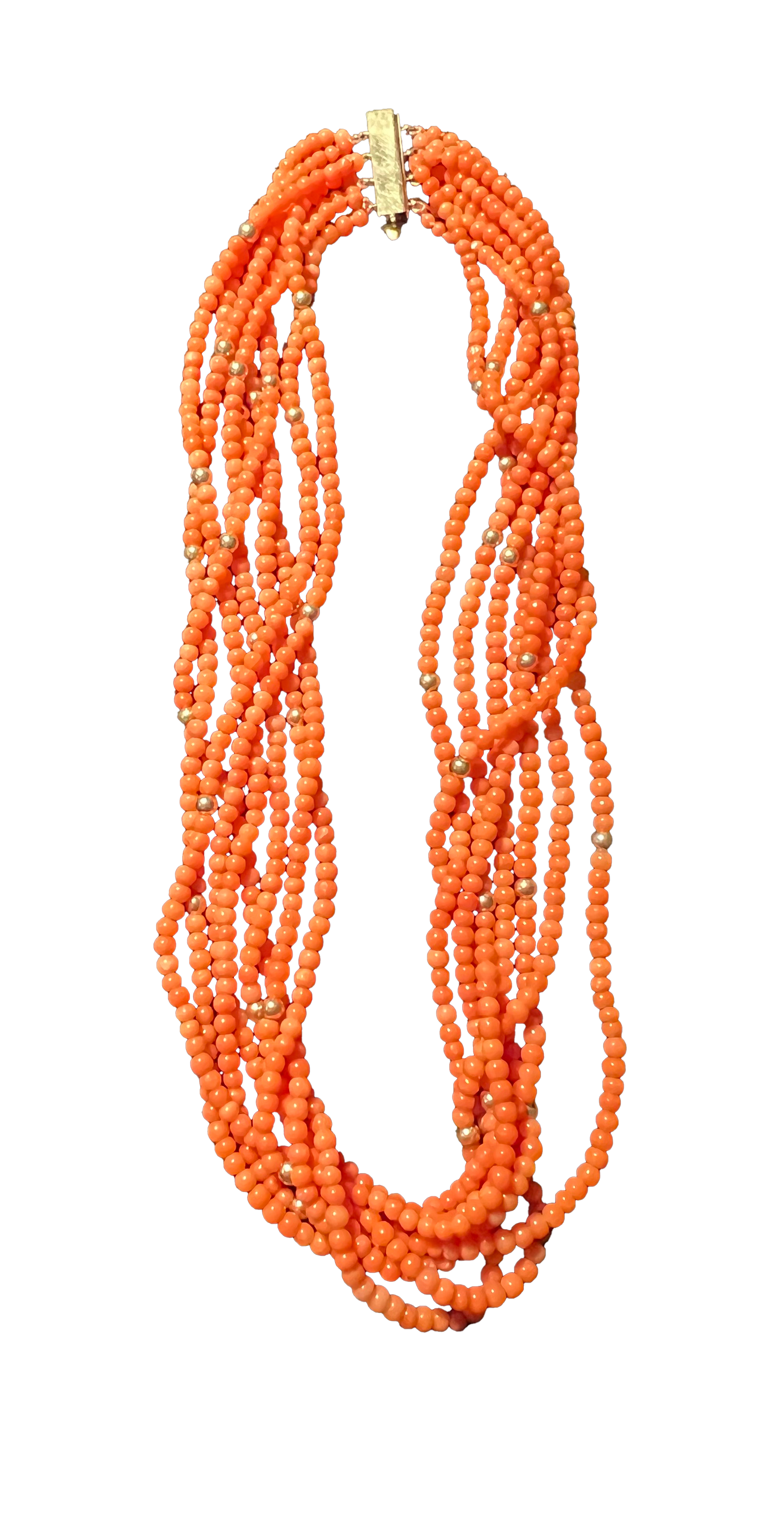
Quality
Was the item made with high-quality materials or commercial-grade materials?
There are several factors to consider when evaluating quality.
Are the gemstones sparkling and bright?
Are the diamonds natural and white?
Are the sapphires natural with medium blue as opposed to blue-black blue?
In a piece with multiple gemstones, how well do the colors of the gemstones match?
This also applies to natural pearls. Is the strand well-matched in terms of size, color, shape, luster, and surface?
Rarity
Is there an uncommon gemstone size or type?
For example, a 10.00 plus carat fancy shaped diamond.
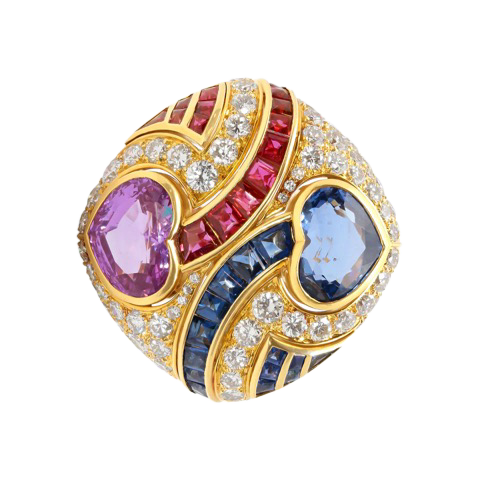

Size
Is the pocket watch a standard or common size, or it over-sized or is it extremely thin such as a tuxedo formal watch?
Is there a large gemstone?
Uniqueness
Is the item one-of-a-kind?

